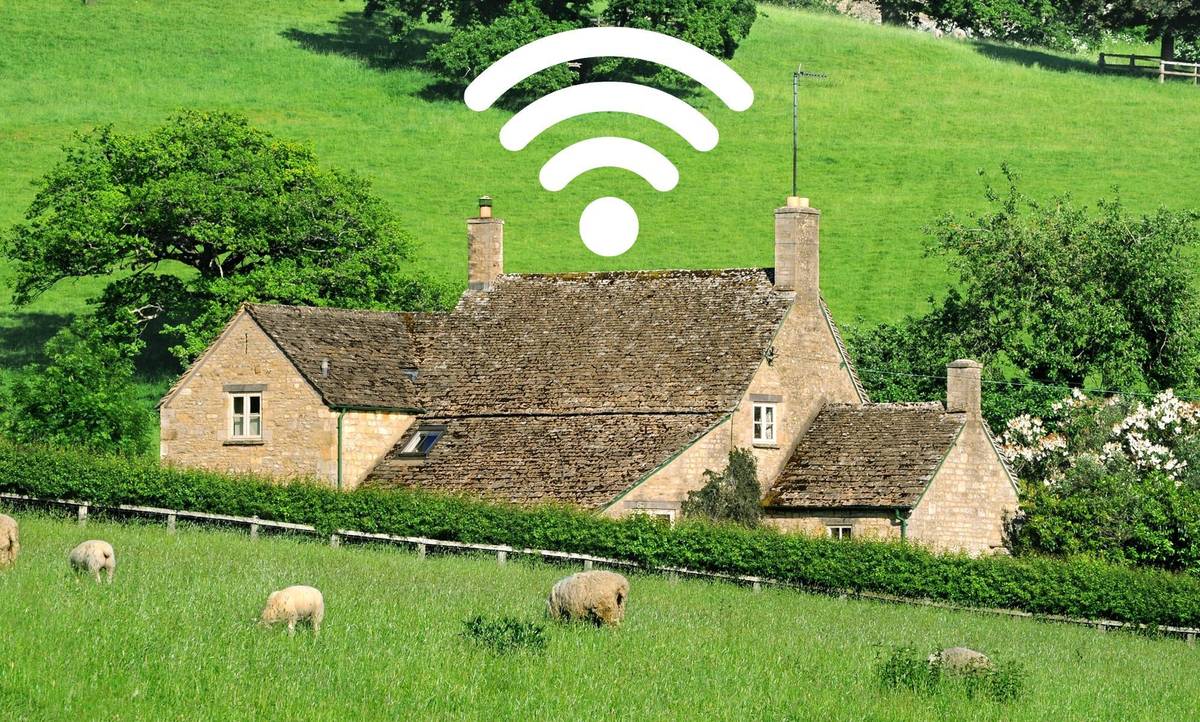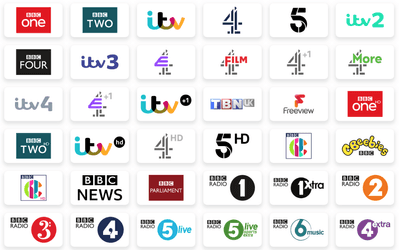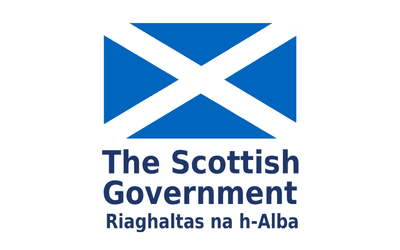The latest deals to boost connectivity should give 131,000 households and businesses in village and rural internet deserts gigabit-level fibre coverage – allowing a high-definition movie to be downloaded in around a minute.
The rural-urban digital divide
The announcement comes after years of frustration over a mostly rural-urban digital divide. Whilst towns and cities enjoy good access to high-speed broadband, with fibre-optic networks and full-fibre connections easily available, many rural communities still rely on outdated copper-based connections or suffer from slow speeds due to their distance from network exchanges. This disparity creates what is known as the “digital divide,” leaving rural residents and businesses facing many disadvantages.
Why is broadband more limited in rural areas?
It’s all about the infrastructure.
Properties in the countryside are more spread out than densely populated cities and towns. This means that they’re often a greater distance from street cabinets and telephone exchanges. So partial fibre connections or ASDL lines have longer to travel, meaning more possible interruptions and a slower service.
Full fibre – faster broadband that gives speeds from 80Mbps to gigabit plus – doesn’t need the street cabinets and telephone exchanges, but it does need new technology to be dug and cabled in. And that means extending networks out further for more expense with a lot less overall premises to then make money from. Building and maintaining broadband networks in sparsely populated areas is costly for providers, leading to less interest in investment there. Also, the geography of rural areas – hills, valleys, and remote locations – can make laying fibre-optic cables more difficult and expensive.
Alternative networks coming to the rescue
The government announced Project Gigabit in 2019. A flagship £5 billion programme to upgrade the UK’s broadband infrastructure so that it can deliver superfast, full-fibre broadband to a third of homes by 2025. With nationwide coverage expected by 2030. This further funding comes as an extra financial push to help reach the rural parts that are still lacking full fibre.
Knowing that targets wouldn’t be possible on the main network provider, BT Openreach, alone, the government allocated a huge part of this budget to helping new companies set up and start their own full fibre infrastructures. These alternative – or altnets – aren’t nationwide. And they aren’t tied into any regimented rollout plans. They are dozens of smaller, localised providers, with the goal of laying fibre as quickly as possible. Looking to gain more of the market share, many have reached out to the more rural, isolated and disadvantaged communities that have been so far overlooked.
Some providers, like Fibrus and Gigaclear, specifically target rural areas and will look at rolling out to those who register.
Broadband options in rural areas
It all depends on your postcode, check to see what you can get where you live with our postcode checker.
Partial fibre with speeds of at least 30Mbps - but below 80Mbps - is now available to 98% of UK premises.
So, rural residents will have several broadband options to choose from, depending on availability and infrastructure:
ADSL
It’s not great news if you can only get standard broadband (also known as ADSL). This provides an internet connection through the same line as your home phone. That’s the fixed-line network of copper telephone cables that come from your nearest exchange, into your street’s cabinet, and then across into your home.
You’ll get a maximum download speed of 24Mbps which will probably be fine if you’re only a light internet user. Speeds can vary too. The distance from your home to your local telephone exchange and even the weather can play a factor in how your connection will operate.
Standard Fibre
Like your standard broadband, it still connects from the street cabinets, hence the name it is also known as ‘fibre-to-the-cabinet’ (FTTC). But, it’s faster, because instead of running through the older, copper cables from the broadband exchange, the fibre network uses its own new fibre-optic cables.
However, the network from street cabinet to your property, is still a copper phoneline, which means the absolute maximum speed that can be reached is 80Mbps. If you see any package advertising speeds between 30Mbps and 80Mbps, it’s likely that this will be through a partial fibre connection.
Mobile broadband
Unlike fibre or DSL, which require physical infrastructure, mobile broadband lets you get online through a 4G or 5G network to enjoy fibre speeds without a physical cable network. No landline is needed. No engineer visit will be required. It really is just a case of plugging in a hub and off you click. Many rural areas already have 4G LTE coverage, and 5G is expanding, so it’s a good alternative option if you can’t get full fibre. Speed-wise, if your home has 5G signal with Three you can get average download speeds of 150Mbps. And if not, 93% of homes are in reach of 4G so you should be able to at least access average download speeds of 70Mbps.
Satellite broadband
Satellite via broadband is an option that is available almost anywhere, but can suffer from high latency and data limitations. Some people in broadband blackspots have been forced to turn to Elon Musk’s Starlink satellite-enabled connection, which does the job, but is about twice the price of your average fibre broadband.
For more details on the best rural broadband options available in your area, use our broadband comparison tool.




